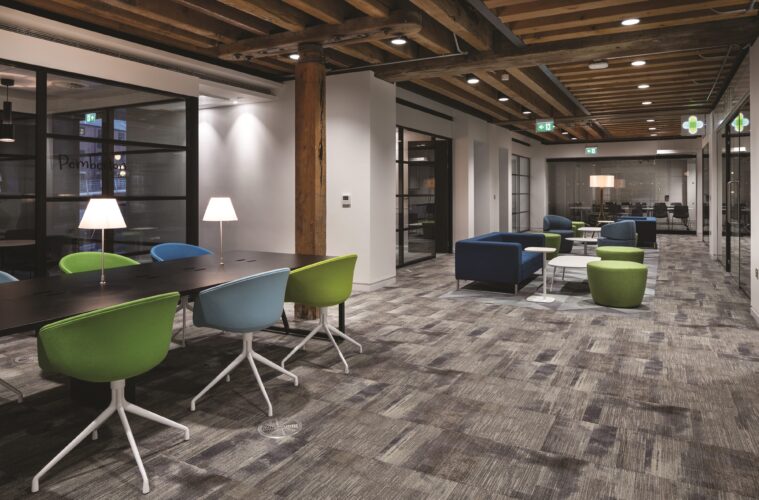In 2022, interiors inspired by landscape palettes and sustainability were the name of the game. The year saw us return to natural materials such as wood and stone. In 2023, we are likely going to see a continuation of this progressive architectural trend, mixed with new technologies and designs.
If you work in the construction industry or even interior design, it’s as important as ever to keep a finger on the pulse. Whatever trends you tap into in 2024, you might want to consider construction insurance, so that you could be protected.
So, in 2024, what new trends are we likely to see emerging?
3D Printed Designs
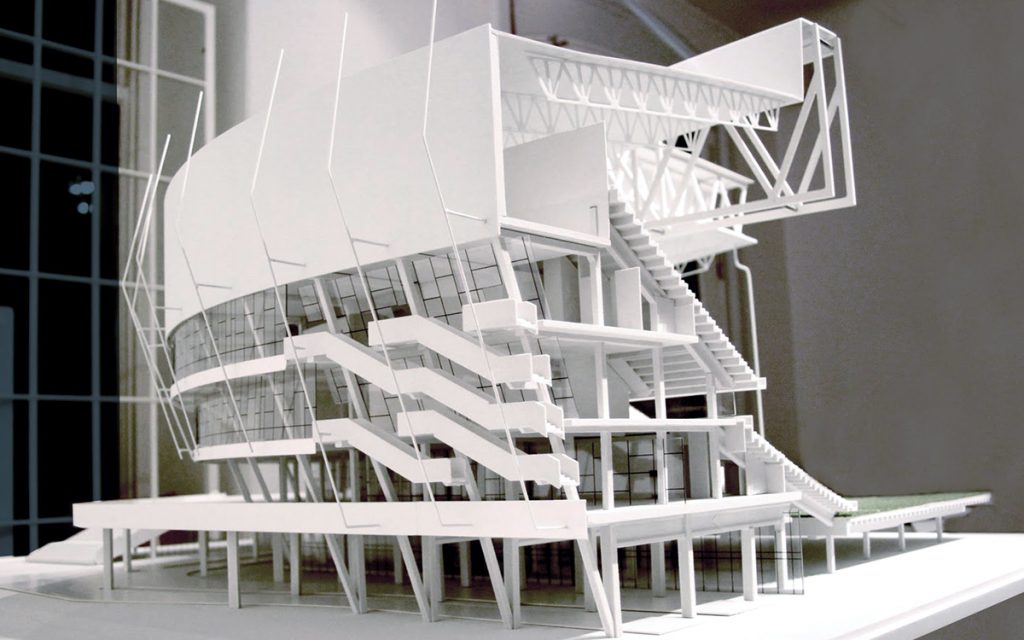
source: 3dinsider.com
The technology to print 3D houses has been around for a few years now, and the first European 3D house inhabitants moved into one in 2021.
Initially, 3D printing technology was used to efficiently create 3D models of various designs and products and has since been expanded to build large-scale properties. The method of 3D printing involves a large robotic arm using a nozzle to squirt specially formulated cement. The cement is then “printed” according to the architect’s design, increasing the strength of the walls with each layer that is printed.
In 2023, we may see this construction method gain more traction. 3D printing is more cost-effective and sustainable because it uses much less cement. They haven’t yet made it to UK shores but given time, this is something we may see. This method is quicker and may also provide a solution to the shortage of builders.
Prefabricated buildings
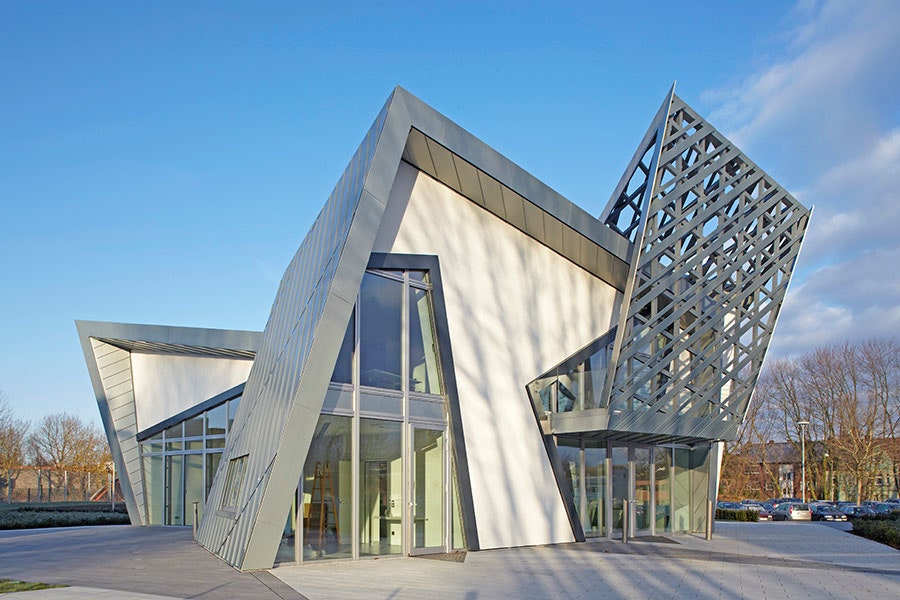
source: pinterest.com
We’re likely to see the prefabricated building market grow, as people continue to look for solutions to rising mortgages and housing shortages.
Prefabricated homes are primarily built in a factory. Once the main building has been constructed, site teams can lay the foundations on the designated plot of land. They can also assemble the windows, floors, walls, and roofing on-site.
Though the first modular buildings were known to look quite basic, it’s now possible to secure a modular home with a more luxurious interior. These homes can also be much more energy efficient.
As with the 3D printing method, prefab houses can be built within days and could be a great way to address the shortage of builders in the UK. They are cheaper to build and due to the fact that they are constructed indoors, weather-related delays shouldn’t be an issue. Having said this, the technology and innovation may take longer than we wish to be rolled out as it still needs to pass regulatory and safety tests. So, for now, we’ll still see the construction market operating traditionally by using manual labour. Still, there are many useful tools now that make the work of tradesmen much easier and more efficient than a century ago; for example, we have power tools, safety equipment, and modern hand tools such as a knife by Milwaukee.
Sustainable materials
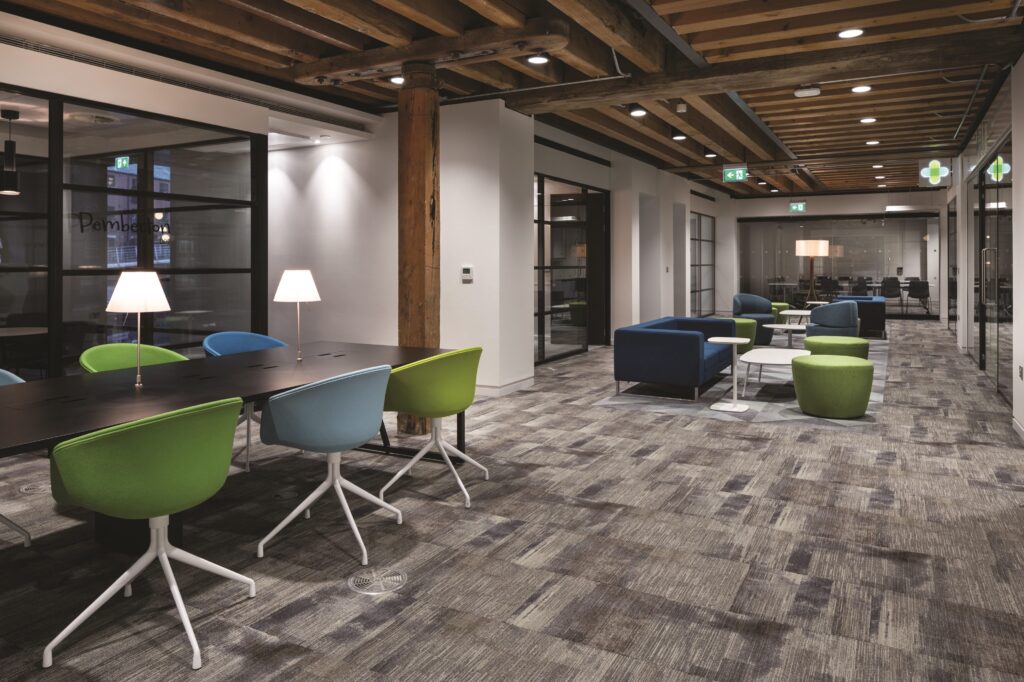
source: pinterest.com
As mentioned, we’re likely going to see the sustainability trend continue in 2023. It looks like we’ll see an increase in creativity surrounding the use of natural materials, with biomaterials such as hemp rising to prominence.
Hemp is a plant that grows rapidly and can be cultivated without pesticides or chemical fertilization; a tremendous advantage in the eyes of campaigners around the world who are strongly opposed to the use of these products. Additionally, as a building material, Hempcrete is extremely versatile. It can be used in building blocks, roofing tiles, wallboard, and panelling, among other things.
It absorbs large amounts of Co2 and it can even prevent condensation, absorbing up to 20% of its weight in moisture without being negatively affected. Carbon capture is a touted solution in the fight against global warming by many experts, and so plants such as Hemp could very well be used more and more to do just that.
2023 looks set to be an exciting year for the architecture industry. As sustainability and energy efficiency continue to be hot topics, we can expect architectural trends to reflect this.
Regulatory hurdles
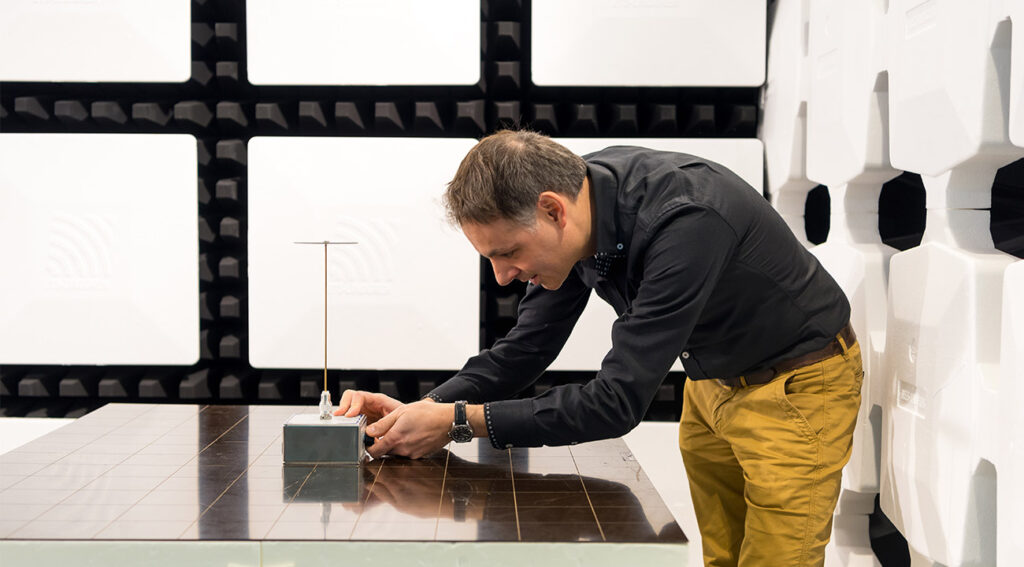
source: pinterest.com
As great as these materials and new technologies may be, it’s important to realise that they must adhere to national and international building standards in order to really take off.
Safety is a priority from start to finish in a construction project so, it’s paramount that new innovations and designs take this into account.
Some countries have more stringent regulations than others, however, given the increasing urgency surrounding climate change, it’s important to speed up the process where possible.

